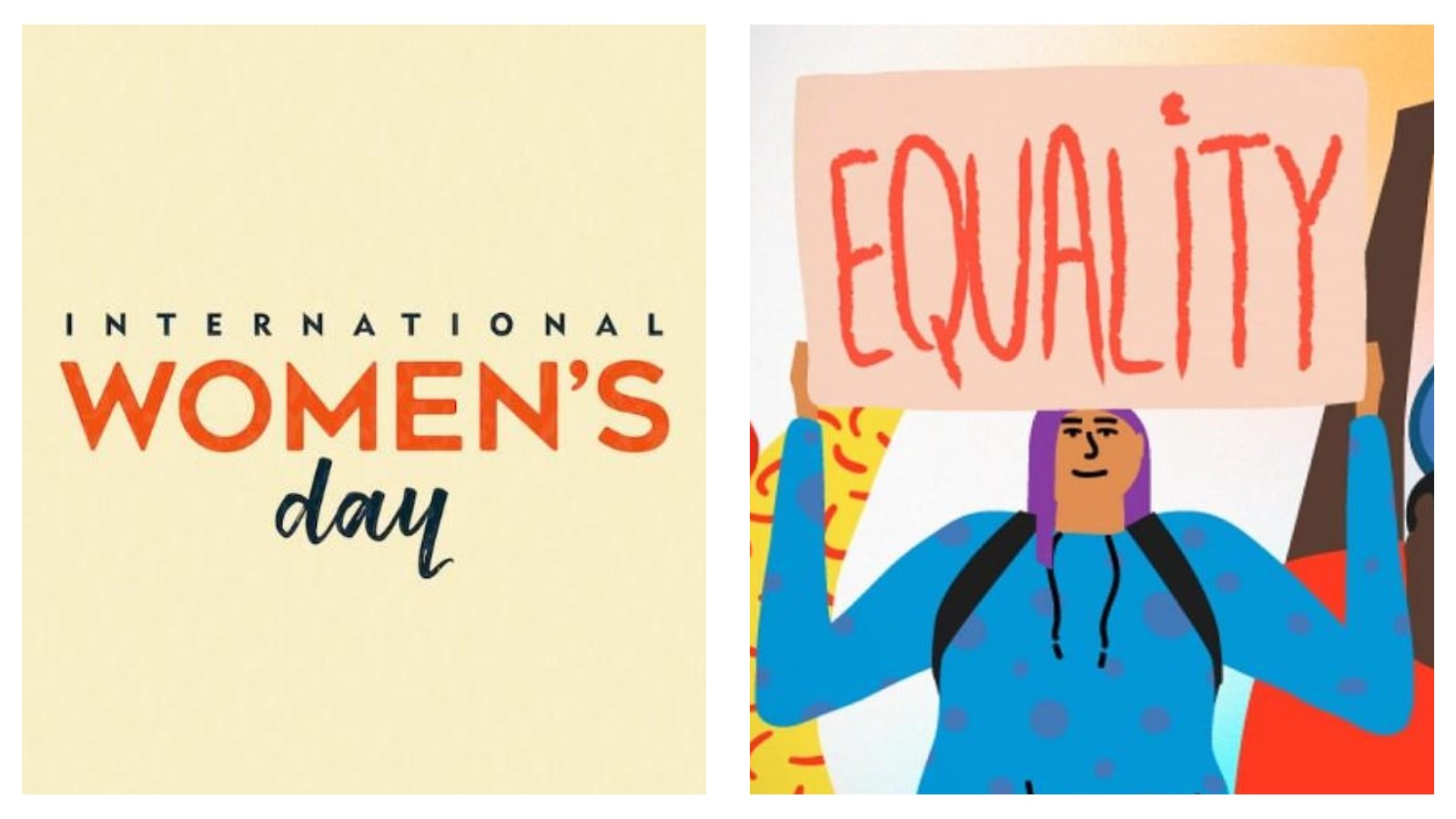By Jacinth Banite
On 8 March, the world paused to recognise women. The day is admittedly a legacy of decades past, but its theme of gender equality remains just as crucial today as it was back then.
Indeed, while significant progress has been made with regards to the relationship between the sexes, instances of inequality, violence, and oppression are still all too familiar.
A short history of Women’s Day
International Women’s Day has been observed globally on 8 March since 1975, with the United Nations formally recognising the occasion in 1977, according to an explainer posted on the organisation’s website.
However, the very first Women’s Day did not actually take place on said date. Instead, it was on 19 March 1911 that more than one million women in Austria, Denmark, Germany, and Switzerland staged rallies campaigning for their rights “to work, vote, be trained, to hold public office and end discrimination”.
Prominent German sociologist Clara Zetkin had proposed the idea of holding transnational protests for equality at the International Conference of Working Women in Copenhagen, Denmark, the year before.
Those demonstrations were followed by another women-led strike in Russia on 8 March 1917, thus setting the stage for the date we know today.
READ MORE: Environment news: Pacific region takes on fight against climate change

Despite progress, struggles remain
Thanks to the brave women of the 1900s, things such as elections, leadership, and employment are no longer restricted to men.
Yet, despite coming so far in terms of addressing gender inequality, a lot of changes still need to happen.
The continuing oppression of women in Taliban-ruled Afghanistan and the wider implications of the 2022 killing of Iranian woman Mahsa Amini are just two high-profile examples of why the fight for women’s rights is not over.
On a more subliminal level, there remains a gender pay gap across the global workplace.
According to United Nations data, women worldwide “earn 77 cents for every dollar men earn for work of equal value, with an even wider wage gap for women with children”. Compared to men, women are also more likely to be unemployed.
Gender-based violence is another issue.
In a 2024 report by the United Nations Children’s Fund (UNICEF), it was noted that more than 370 million girls and women alive today have “experienced rape or sexual assault before the age of 18”.
A separate report by the World Health Organisation (WHO) last year revealed that 1 in 3, or 30%, of women worldwide “have been subjected to either physical and/or sexual intimate partner violence or non-partner sexual violence in their lifetime”.
Those numbers speak volumes for how important it is to continue fighting for women’s rights today. And because inequality, violence, and oppression are not consigned to one day per year, neither should the demands for change.
YOU MAY ALSO LIKE: Oscars News: ‘Anora’ and ‘The Brutalist’ win big at 2025 Academy Awards amid ‘controversial’ production choices
